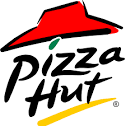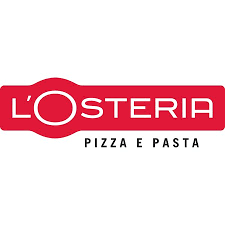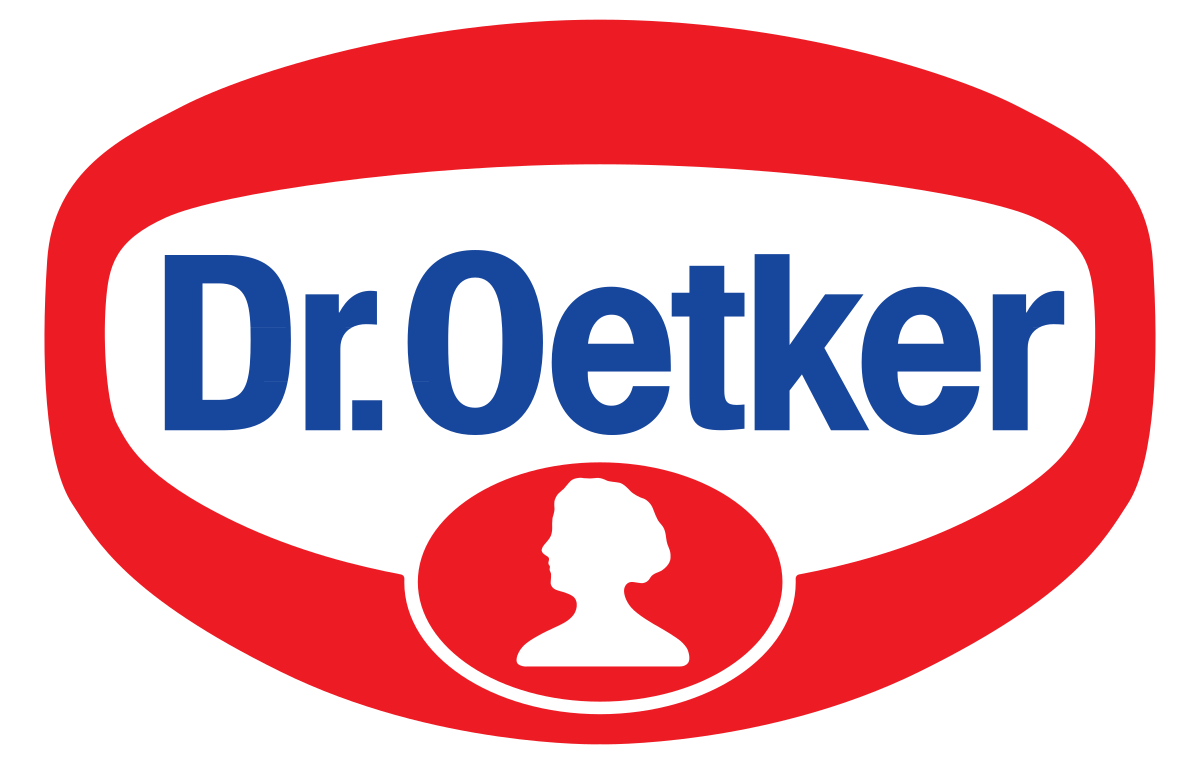Summary
to understand this market
Detailed content
 Inforamtion
Inforamtion
- Number of pages : 30 pages
- Format : Digital and PDF versions
- Last update : 16/07/2020
 Summary and extracts
Summary and extracts
1 Market summary
1.1 Definition and Introduction
The pizza stems from the Italian cuisine, and the modern pizza was invented in Naples. Pizza is made from bread dough and is topped with a range of ingredients (for example tomato sauce, cheese, olives, olive oil) whereby it is baked in an oven. Today, pizza is made and consumed all over the world.
Pizza’s main distribution channels include:
- Commercial catering (restaurants, fast-food restaurant chains, sometimes as franchise).
- Hypermarkets and Supermarkets
- Limited- and full-service restaurants
The pizza market in Germany is growing for all product segments. Although Domino's account for the largest market share in terms of sales, there is a strong preference to domestic brands such as Vapiano and L'Osteria.
Increasingly, pizza delivery is becoming integral in German consumer's food habits, albeit at a modest rate in relation to the rest of the Western World. This is facilitated by a strong market for FoodTech startups with the likes of HelloFresh and Delivery Hero. Moreover, frozen pizza is expected to demonstrate the strongest growth of the pizza segments.
Finally, this study aims to analyze the entire scope of pizza and the means by which it can be consumed (fresh, chilled, and frozen).
1.2 A global market dominated by Western Europe and the United States
Global pizza consumption amounts to *** pizzas every second, or ***,*** tons of pizza eaten per year. The biggest consumers of pizzas in aggregate numbers are the Americans, followed by the French and Italians. [***]
Source: ****
In ****, the total value of pizza sales amounted to close to $*** billion. Western Europe accounts for around **% of ...
1.3 A strong domestic market
Pizza’s distribution channels and product offerings come in many forms ; for example, it can be consumed in restaurants, through takeaway, and also fresh or frozen. For this reason, we aggregate all these values from different sub-products of pizza which we obtain from Euromonitor in order to reach a total market ...
2 Demand analysis
2.1 Product analysis
In this section, we look at demand for pizza in four different channels: frozen pizza, chilled pizza, full-service restaurants, and limited-service restaurants. Together, these four comprises the aggregate pizza market.
Frozen Pizza
Source: ****
In ****, the frozen pizza sales value was €*.** billion, and is expected to increase to €*.** billion by ****. Between **** and ...
2.2 Demand Trends
What pizzas do Germans eat?
Source: ****
In ****, the most purchased pizza was salami, which represented a third of all sales. Moreover, Margherita was the second most popular type. In other words, every second pizza bought in Germany (***) accounted for a tenth of purchases each.
Online Food Services Catching Attention
Source: ****
The ...
3 Market structure
3.1 Market Overview
The "fast food" sector includes a very large number of actors, and there are many franchises offering pizzas, amongst them Domino's, Pizza Hut, Mamma Roma, Pizza Italia, and the Pizza Box.
In line with previous reasoning, pizza can be purchased at four points of sale: chilled and frozen pizza at retailers, ...
3.3 Distribution
Number of stores
Source: ****
Although pizza consumption is on the rise, and previous sections have demonstrated that sales are increasing, the number of full-service restaurants are decreasing, and are expected to continue doing so until ****. Moreover, both independent and chained full-service restaurants are set to follow this estimation. In ****, it is ...
4 Analysis of the offer
4.1 Production Overview
Products on the Market
Pizzeria restaurants often offer products prepared on site, with fresh products The cooking is carried out, sometimes in view of the customer, using a wood, gas or electric pizza oven. For large retail chains, frozen or refrigerated pizzas are among the products most sought after by consumers. ...
4.2 Price Analysis
Pizza Price Index
Source: ****
In ****, the consumer price index for pizza in Germany was **.*, from which it can be deduced that prices have fallen by around *.*% compared to ****. The consumer price index measures the average price development of goods and services purchased by private households for consumption purposes. This implies that ...
4.3 Supply Trends
A Wider Product Range
To accustom all consumer’s needs, pizza restaurants need to constantly update their product offering and introduce new products, such as vegetarian, bio, and allergy-friendly alternatives. This is crucial not only for pizza producers to compete amongst themselves, but also to avoid losing market share to other ...
4.4 Pizza in relation to fast food
Source: ****
In **** and ****, there are two pizza restaurants (***) in the top eight fast food restaurants in Germany when measured by share of units. Moreover, both Pizza Hut and Vapiano increased their market share between **** and ****. McDonald's dominates the amount of restaurants in Germany.
4.5 Les fast food de pizza
Fast food les plus populaires Allemagne, ****-****, % Source: ****
En **** et ****, deux pizzerias (***). En outre, Pizza Hut et Vapiano ont tous deux augmenté leur part de marché entre **** et ****. McDonald's domine le nombre de restaurants en Allemagne.
5 Rules and regulations
5.1 Current Regulation
Regulation (***) No ***/**** from ****. In this framework, the European Parliament and the Council adopted laying down the general principles and requirements of food law in the General Food Law Regulation.
On a national level, pizza goes under the Lebensmittel-,Bedarfsgegenstände- und Futtermittelgesetzbuch (***), which covers food in Germany, and is mostly based ...
5.2 Regulation Trends
An article by DW reports the willingness of the SPD, the Social Democratic Party (***) to reduce the amount of sugar, fat, and salt in food produced industrially or in fast food restaurants.
Moreover, several legal formalities must be respected to open an independent pizzeria:
First of all, it is necessary to ...
6 Positioning of the actors
6.1 Segmentation
- Pizza Hut Germany
- Vapiano
- L’Osteria
- Lieferando (takeaway)
- HelloFresh
- Delivery Hero - Foodora
- Dr Oetker
 List of charts
List of charts
- Pizza market value
- Per capita pizza consumption
- Valeur des ventes de pizza
- Valeur des ventes de pizzas réfrigérées
- Valeur des ventes de pizzas des restaurants à service limité
All our studies are available online in PDF format
Take a look at an example of our research on another market!
Latest news
Companies quoted in this study
This study contains a complete overview of the companies in the market, with the latest figures and news for each company. :
 Choosing this study means :
Choosing this study means :
Access to more than 35 hours of work
Our studies are the result of over 35 hours of research and analysis. Using our studies allows you to devote more time and added value to your projects.
Benefit from 6 years' experience and over 1,500 industry reports already produced
Our expertise enables us to produce comprehensive studies in all sectors, including niche and emerging markets.
Our know-how and methodology enable us to produce reports that offer unique value for money.
Access to several thousand articles and paid-for data
Businesscoot has access to all the paid economic press as well as exclusive databases to carry out its market research (over 30,000 articles and private sources).
To enhance our research, our analysts also use web indicators (semrush, trends, etc.) to identify market trends and company strategies. (Consult our paying sources)
Guaranteed support after your purchase
A team dedicated to after-sales service, to guarantee you a high level of satisfaction. +44 238 097 0676
A digital format designed for our users
Not only do you have access to a PDF, but also to a digital version designed for our customers. This version gives you access to sources, data in Excel format and graphics. The content of the study can therefore be easily retrieved and adapted for your specific needs.
 Our offers :
Our offers :
The pizza market | Germany
- What are the figures on the size and growth of the market?
- What is driving the growth of the market and its evolution?
- What is the positioning of companies in the value chain?
- Data from several dozen databases
5 reports pack (-15%) DE Germany
- 5 reports at €75.6 excluding VAT per study to choose from our German catalogue for 12 months
- Save 15% on additional studies purchased
- Choose to be refunded any unused credit at the end of the 12-month period (duration of the pack)
See the terms and conditions of the pack and the refund of unused credit.





 HelloFresh opens its first French distribution center in Essonne | HelloFresh opens a center in Essonne - 08/11/2023
HelloFresh opens its first French distribution center in Essonne | HelloFresh opens a center in Essonne - 08/11/2023


















